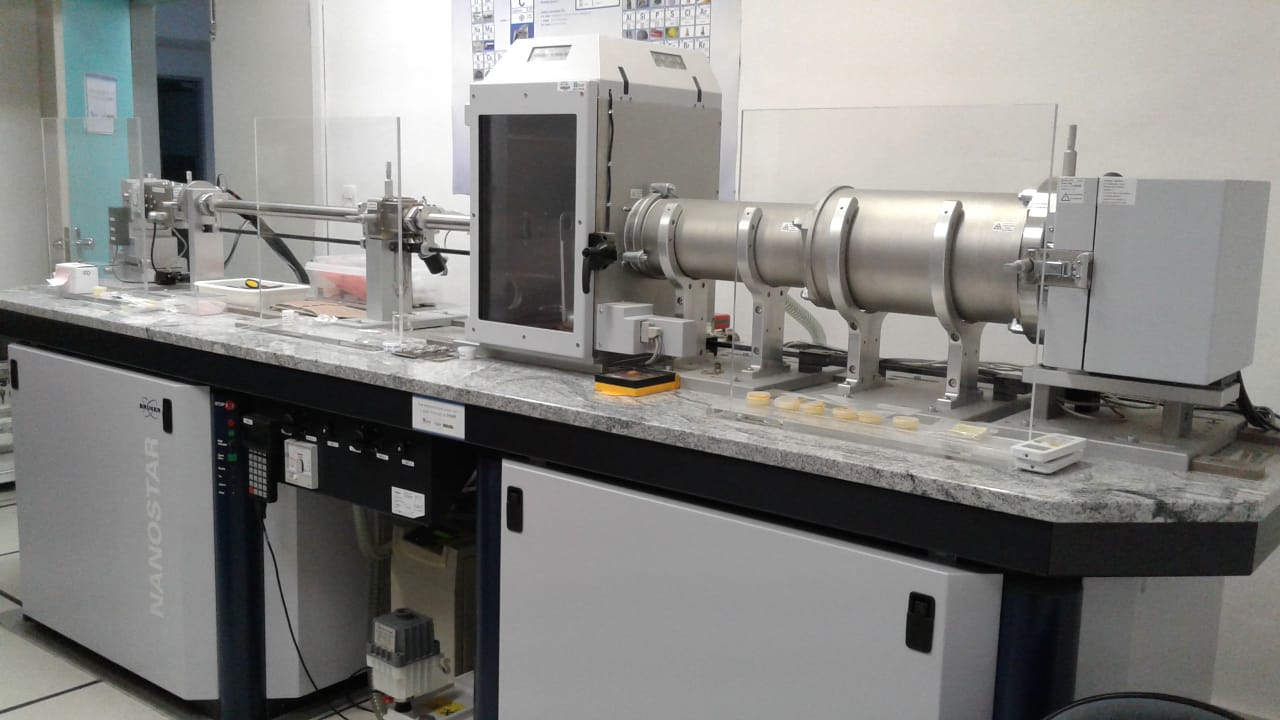Invention patented by PUC-Rio, UFRRJ, and INT enables controlled release of bisphosphonates for the treatment of general and osteoporotic bone fractures through biocompatible devices made from the composite powder using additive manufacturing techniques
Text: Nayara Campos | Images: Sonia Letichevsky’s personal archive
By 2050, the number of hip fractures in Brazil could quadruple. This projection follows a global trend, which estimates that cases of this type of fracture will double worldwide over the next 26 years. The data comes from an international study published in 2023 in the scientific journal Journal of Bone and Mineral Research, conducted by researchers from the Federal University of Rio de Janeiro (UFRJ); Harvard University (USA); Oxford University (UK); Monash University (Australia); and the University of Hong Kong. The study analyzed the incidence of osteoporotic fractures in patients aged 50 and older who were hospitalized with hip fractures from 2005 to 2018.
In light of this scenario, the development of biomaterials for tissue regeneration presents itself as a promising alternative for recovering various tissues, including bone tissue. A new invention from the Pontifical Catholic University of Rio de Janeiro (PUC-Rio), developed in partnership with researchers from the Federal Rural University of Rio de Janeiro (UFRRJ) and the National Institute of Technology (INT), specifically addresses this challenge. The team created a composite powder for producing biomaterials capable of the controlled release of bisphosphonates—a class of drugs used in the treatment of bone fractures and diseases, such as osteoporosis.
The technology is protected by Brazil’s National Institute of Industrial Property (INPI), with the support of PUC-Rio’s Innovation Agency (AGI/PUC-Rio), and is now part of the patent portfolio of PUC-Rio, UFRRJ, and INT, available for licensing by the industrial sector.
Controlled release of bisphosphonates: a breakthrough for osteoporosis treatment
According to two of the researchers involved in the project—Sonia Letichevsky, professor in the Department of Chemical and Materials Engineering at PUC-Rio, and Roberta Mendonça, from the Department of Chemical Engineering at UFRRJ—the technology aims to support the treatment of osteoporotic and other types of bone fractures by enabling localized and controlled drug delivery. The drug chosen for the patent was alendronate, a bisphosphonate widely used in the treatment of osteoporosis.
“Devices designed for the controlled release of bisphosphonate drugs help reduce the systemic side effects that are common with oral administration, particularly during the peak drug release period. These devices can be easily used in surgical procedures, remain in the affected tissue, or be inserted as subcutaneous implants,” explains Letichevsky.
The study points out that bisphosphonates are the most commonly used drugs for treating osteoporosis because they interfere with bone metabolism by inhibiting the activity of osteoclasts—irregularly branched cells responsible for bone tissue resorption. However, oral or intravenous administration of these drugs has been associated with side effects such as esophageal irritation, fever, eye inflammation, and jaw osteonecrosis. Therefore, controlled drug release presents itself as a major advancement in osteoporosis treatment.
Researcher Roberta Mendonça emphasizes another important aspect of the technology: its safety and biocompatibility. “The invention uses a biocompatible polymer material, and our work is part of the tissue bioengineering field, where we design materials that temporarily remain in the body and degrade over time without posing a risk of rejection,” she explains.
About the technology: Composite powder for producing biomaterials with controlled bisphosphonate release
The result of the invention is a composite powder for producing biomaterials applied to tissue regeneration. It was developed by coating particles of powdered alendronate—a bisphosphonate drug—with a biocompatible polyester (PCL polymer – Polycaprolactone). The focus is on applications using additive manufacturing techniques—technologies that allow objects to be created from virtual models—such as 3D printing through selective laser sintering (SLS) and fused deposition modeling (FDM).
“The composite powder serves as the raw material to feed 3D printers and generate devices in the form of filaments or scaffolds—a three-dimensional structure that supports cell adhesion and subsequent tissue development, for example. With this project, we’re entering the field of personalized medicine, producing technology tailored to each patient’s needs. With a 3D printer, we can create custom-made devices based on existing demands,” adds Letichevsky.
As testing progressed, the researchers realized that the practical application of the technology could be even simpler than initially expected. “Our original idea was to develop the powder for use via selective laser sintering (SLS), but we later saw that it could also be used as a raw material for producing various devices using 3D printing and simpler techniques such as solvent casting and compression molding,” Mendonça explains.
The research began in 2018 and has been validated through laboratory tests in chemistry and materials engineering. It received funding from agencies such as Faperj, Capes, and CNPq, and support from Farmanguinhos and the National Institute of Technology. The team is now seeking partnerships and new funding to move forward with cell-based trials.
The researchers involved in the project include: Beatriz Ferreira de Carvalho Patricio, Claudio Teodoro dos Santos, Cristiane Evelise Ribeiro da Silva, Helvécio Vinícius Antunes Rocha, Maurício de Jesus Monteiro, Michelle Alvares Sarcinelli, Roberta Helena Mendonça, Sonia Letichevsky, and Talita Goulart da Silva.
- Learn more about how to connect or license this technology: https://www.agi.puc-rio.br/empresas
- Explore more technologies available for licensing on PUC-Rio’s Technology Showcase: https://www.agi.puc-rio.br/vitrine-tecnologica/


